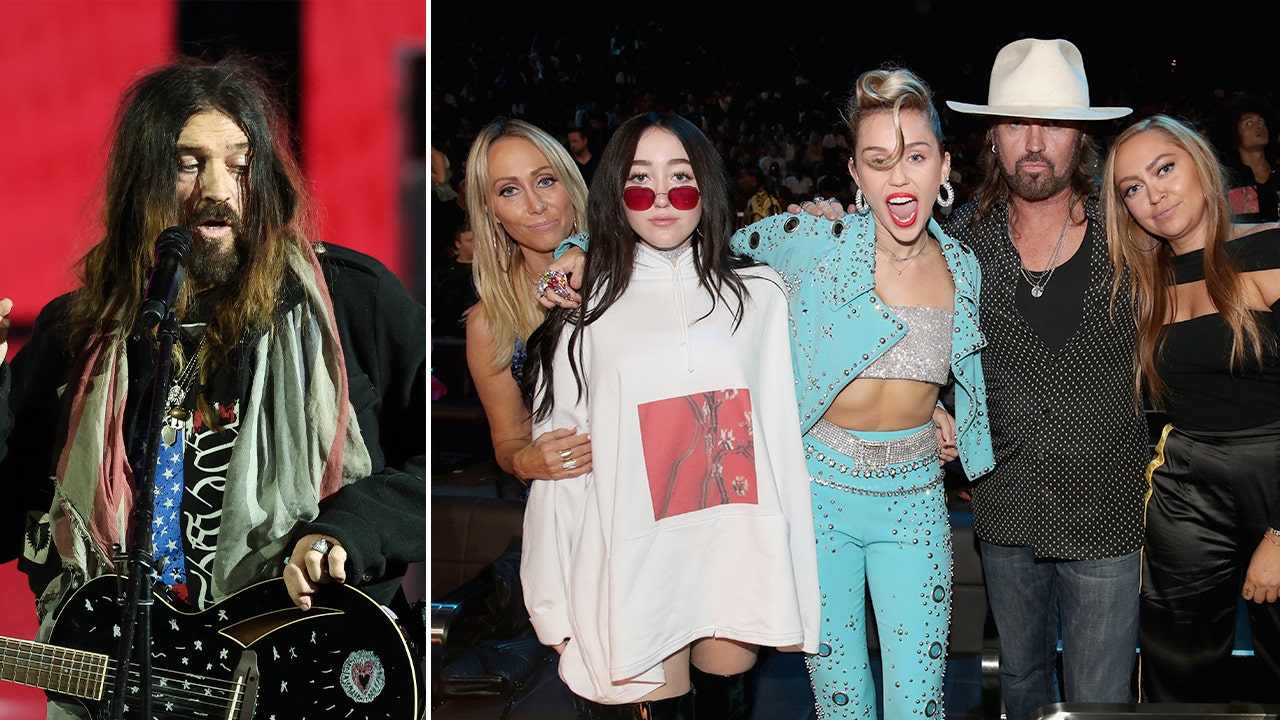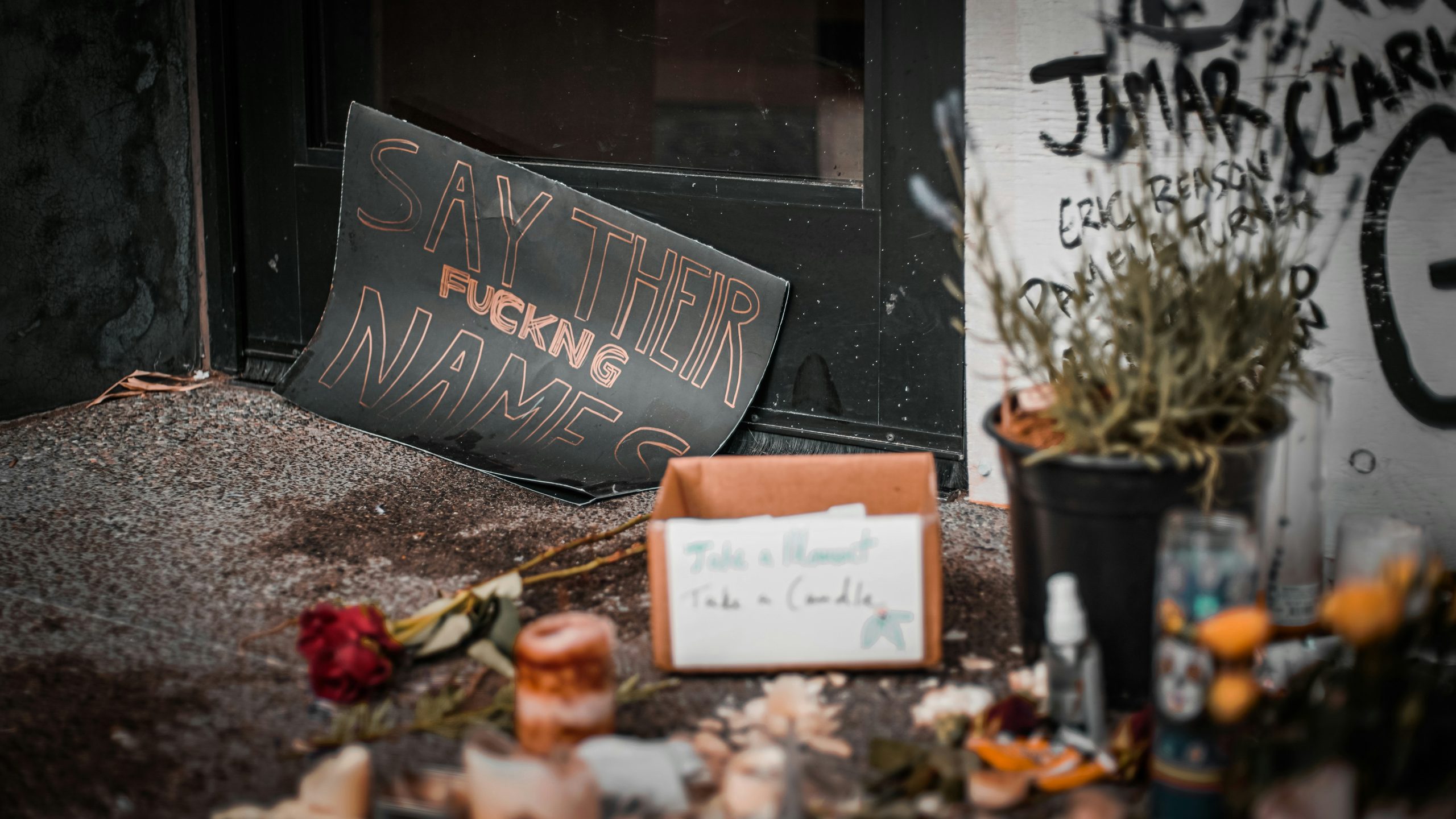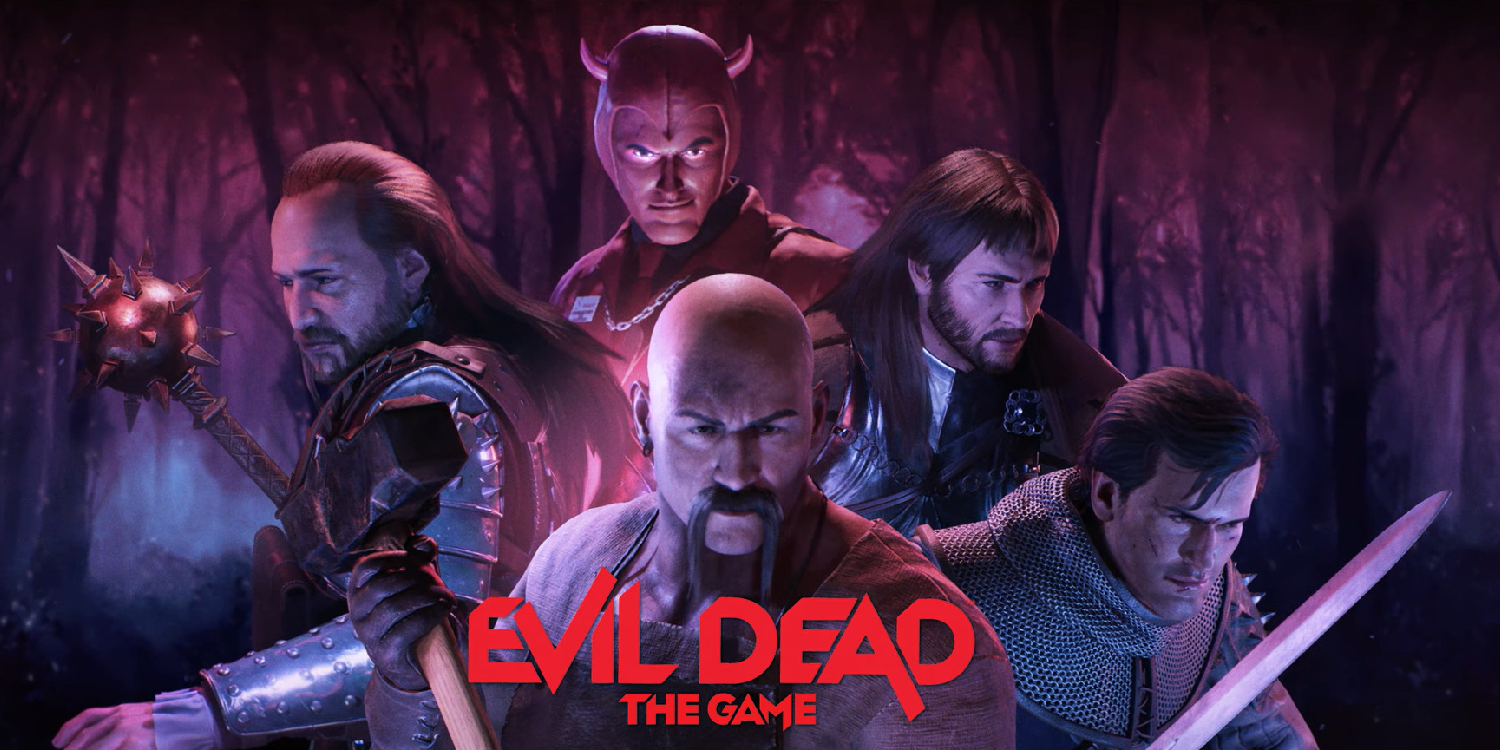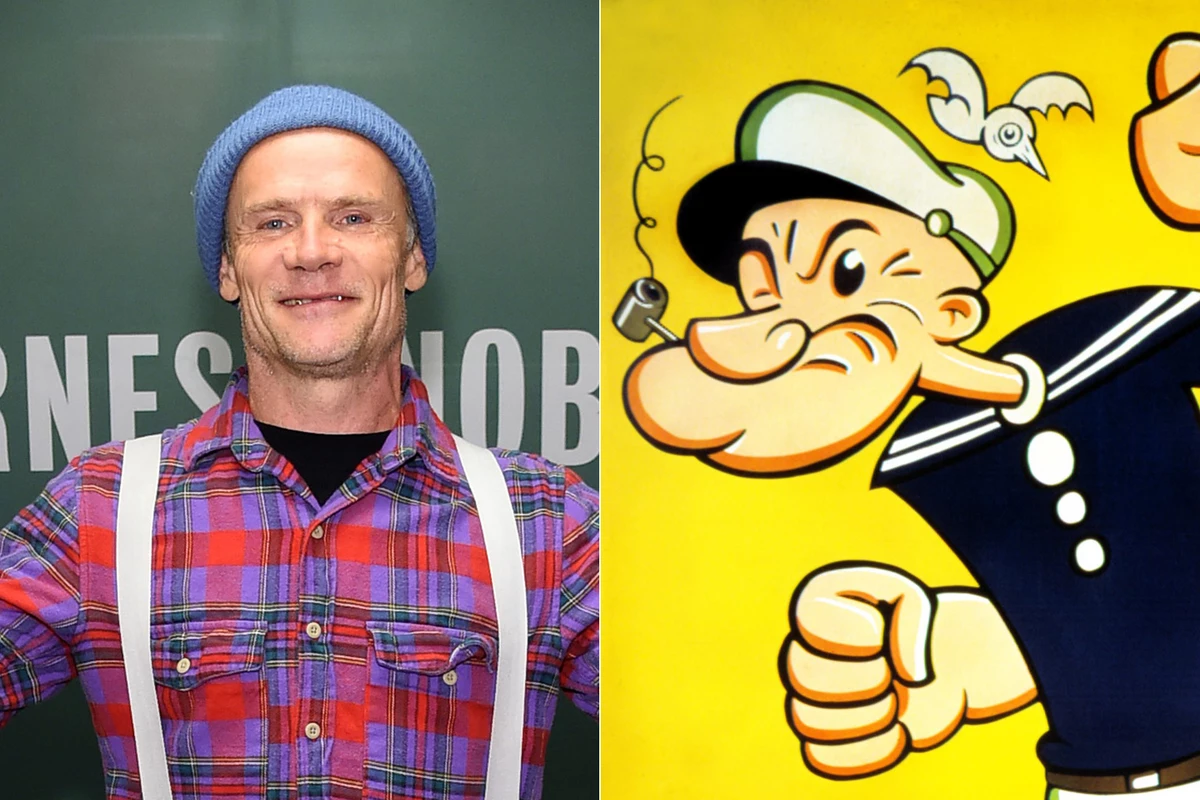Growing up in the early 1980s with an obstetrician-gynecologist mother, one would imagine that I would be well informed when it came to issues like puberty, reproduction, sex, and sexuality. Instead, I was quite sheltered and restricted when it came to these topics. As the child of Indian immigrant doctors, we didn’t talk about any of these issues, and it was tacitly understood that they were taboo and off limits. What’s even stranger is that my parents would talk to each other and their doctor friends about bodily medical issues — often in our midst — but didn’t talk to us, their children, openly about our own bodies. Since they were strict disciplinarians, I didn’t dare broach these subjects with them, despite burning with questions, struggling to understand myself and my body.
Thankfully, as a curious kid living in Queens, New York City, I was exposed to children and families different from my own, so I was aware that there was a lot I didn’t know. Girls in school would talk on the playground and in the lunchroom about boys they liked and about what happens between boys and girls when they like each other. But I wasn’t sure whether to believe them — what was true, what was made up?
In 5th grade, one of my classmates brought in her copy of Judy Blume’s Are You There God? It’s Me, Margaret. Over lunch, we huddled around her as she read from pages of the book including a scene where Margaret, the eleven-year-old protagonist, and her friend Nancy talk about practicing kissing boys by kissing their pillows. We talked about which boys in our class were cute and which ones we had crushes on and wrote their names onto our paper fortuneteller games. Then she read from another scene where they talk about getting their period:
“What’s it feel like?”
“Mostly I don’t feel anything. Sometimes it feels like it’s dripping. It doesn’t hurt coming out – but I had some cramps last night.”
“Bad ones?” Janie asked.
“Not bad. Just different,” Gretchen said. “Lower down, and across my back.”
“Does it make you feel older?” I asked.
“Naturally,” Gretchen answered.
I was shocked and scared to learn that girls start bleeding once a month and wondered what it would be like but tried to act like I was in the know since the other girls seemed unphased except for scrunching up their noses exclaiming, “Eeewww!”
Unlike my older sister, I wasn’t much of a reader; most books that we were made to read in school were about people who were so unlike me, a brown girl, child of immigrants. Also, my parents were more interested in us reading “schoolbooks” — books we needed to study for school — rather than whiling away our time on “storybooks,” books we read for our own pleasure. Hearing the passages from Blume’s Are You There God? It’s Me, Margaret., I was amazed that there was a book written for kids that so openly portrayed topics like crushes and the changes that happen to girls’ bodies. And I knew I needed it. I asked my friend if I could borrow her copy of Are You There God? It’s Me, Margaret. for a few days, and she agreed. I smuggled the book home in my backpack, worried about what would happen to me if my parents ever discovered it. If they found it, I suppose I could tell them it was about a girl named Margaret who talks to God and is trying to understand religion (incidentally, this is true). My devoutly Hindu parents couldn’t fault me for reading about a girl seeking to be closer to God and religion.
Over the next few days, I read Are You There God? It’s Me, Margaret. surreptitiously in my bottom bunk bed before my parents came home from work. Through the story of Margaret and her friends, I came away with a better understanding of what to expect as I moved from being a child to a teenager. Although Margaret and I didn’t share an identity, as a ten-year-old short Indian American girl, I related to her bumpy journey from girlhood to womanhood and her quest to understand herself and her body. However, whereas Margaret’s parents were generally open and supportive of her as she transitioned to adolescence, I grew up in a house where I wasn’t empowered to broach topics that were crucial to my own personal development, like puberty and sex.
My devoutly Hindu parents couldn’t fault me for reading about a girl seeking to be closer to God and religion.
When I got to 6th grade, we were told that we would be covering reproduction the following week in science class; our teacher gave us a parental consent form that we had to get signed in order to attend. I heard boys around me saying, “Yeah! We’re going to learn about sex!” and girls giggling as we all stuffed the consent forms into our book bags. Meanwhile, I was panicking — how could I possibly ask my parents to sign a form that told them that I would be learning about sex? They would never let me. For the next week, I fretted about which would be more humiliating — having to ask my parents for permission to attend “sex class?” Or, being the only kid in my grade to have to spend “sex class” in the library? I decided the latter. For a moment, I considered forging their signature and even determined that my mother’s more straightforward signature would be easier. However, the possibility of getting in trouble for forging their signature scared me even more than asking them.
On the last possible day to submit my consent form, I shoved it in front of my father just as I was running out the door to catch the bus. He looked it over and yelled “You think you can give this to me at the last minute and I’ll sign it? I won’t!” Smarting from his scolding and dreading the humiliation of being the only kid spending “sex class” in the library, I grabbed my backpack and lunch and headed for the bus. Suddenly, my mother came to the door with the signed form in her hand. “Thank you,” I said. She didn’t respond but she had a bit of a smirk on her face.
“Sex class” turned out to be very sexless and much less captivating than Blume’s Are You There God? It’s Me, Margaret. Instead of learning about the impact of puberty on the lives of girls I could relate to, characters who felt like they were my own friends and frenemies, we got a lesson in reproduction with drawings of headless figures. But the upside was that I now understood the basics of puberty and the mechanics of reproduction. In contrast, when the girls in Margaret’s class watched a film about puberty, Margaret already knew the information because her mother had filled her in:
Nancy passed me a note. It said, Here we go — the big deal sex movie.
When I asked her about it she told me the PTA sponsors it and it’s called What Every Girl Should Know.
When I went home I told my mother, “We’re going to see a movie in school on Friday.”
“I know,” my mother said. “I got a letter in the mail. It’s about menstruation.”
“I already know all about that.”
“I know you know,” my mother said. “But it’s important for all the girls to see it in case their mothers haven’t told them the facts.”
“Oh.”
I couldn’t imagine having such a frank conversation with my own mother about menstruation despite the fact that she had these conversations with her patients every day. Blume’s book not only filled a void of crucial knowledge, it filled an even more crucial emotional void.
Just before 7th grade, we moved out of New York City and into the suburbs of Westchester and I found myself the new kid in a new school, much like Margaret at the beginning of the book. I remember my first day vividly. All I saw was a blur of green through the school bus window. More trees than I’d ever seen. The bus pulled up to the school and, instead of a single building, it was a sea of yet more green, dotted with several buildings connected by covered walkways. As a 7th grader — a very short one at that — I’d get to roam these halls alongside towering high school seniors. It was a huge change from the concrete schoolyards glittering with broken glass I was used to. Instead, this school seemed like it had leapt off the screen of Sixteen Candles, which I had finally watched in secret that past summer through the miracle of cable TV. Disoriented, I tried to decipher the campus map handed to me as I stepped into the main building.
I found myself the new kid in a new school, much like Margaret at the beginning of the book.
After some wrong turns, I made my way to my homeroom, which would also be my first period class, Health. At the end of a long hallway stood a beacon of shaggy blond curly hair hugging a broad, smiling face. “Seventh Grade Health with Mrs. Smith, right here!” Heaving a sigh of relief, I walked up to her and introduced myself. “Welcome,” she said, then looking at my cast, she asked, “how’d you do that?” “Monkey bars.” She gave me a sympathetic nod and told me to take any seat I liked.
After everyone arrived, Mrs. Smith re-shuffled us into alphabetical order, and once the buzzer for first period sounded, she seated herself on her desk. She beamed at us and told us how excited she was for us because we were taking such a big step, moving on from elementary school, being on the cusp of being teenagers, our bodies changing, forming crushes and falling in love for the first time. At the mention of our changing bodies and crushes, I stared at my desk and heard awkward giggles. “We’re going to get into all of that here in Health class because it’s important. It’s how you become who you’re meant to be.”
And with that, Mrs. Smith hopped off her desk telling us our first section would be about sex, because, as she explained, “Why leave the best stuff for last?” I remember feeling mortified but thankful that she didn’t make us get a signed permission slip for Sex Ed, like my 6th grade teacher had.
Mrs. Smith walked to the blackboard and in the center of it wrote down the word “urinate.” Our giggles grew louder but with a nervous edge. She turned to an unsuspecting boy and asked, “Do you urinate?” to which he awkwardly replied, “yes,” and she proceeded to ask a few more kids and once she gathered several concurring replies, most accompanied by eye rolls, she declared, “I urinate too. All of us do. And yet we’re so embarrassed to talk about it. It’s just a natural body function, an important one, like eating and sleeping. So why be embarrassed?” She had a point. I eased into my seat and allowed myself to look up from my desk.
Mrs. Smith returned to the blackboard and asked us to name all the different ways we use to say “urinate.” At first, we sat in silence. Then, a girl with a cool asymmetrical haircut, double ear piercings, and two Swatch watches on her wrist piped up with “pee pee.” “Good!” Mrs. Smith replied, and wrote it on the board. Some girls giggled as they chimed in with “tinkle,” “go number one,” and “powder my nose,” then some boys laughed as they offered up “piss,” “take a leak,” and “go to the john.”
The rare conversations in our home about bodily issues were often filled with medical jargon.
Mrs. Smith looked over at Tej, a quiet Sikh boy, who had remained calm even as the rest of us lost our composure, laughing and giggling. She asked Tej if there was a slang expression for urinating in his culture. I wondered what he’d say. I hadn’t raised my hand to volunteer any answers. The rare conversations in our home about bodily issues were often filled with medical jargon. And we certainly didn’t talk about sex or what goes on “down there,” unless there was a medical problem, and then talk turned to medication, surgery, and possible outcomes, which made me squeamish.
We referred to our bottoms as “boom booms;” we called going number one “hishi” and number two “kakoo.” My parents warned us to keep our “boom booms” clean, and to make sure to do “hishi” before we left the house. I realized I had no idea where any of these terms came from. Had they migrated with my parents from India, or were they a strange mashup of Indian and American cultures?
I waited for Tej’s response, determined to keep my own family’s terminology to myself. No need to invite a nickname as a new kid — Kavita “Kakoo” Das. He was pensive for a second, and then quietly replied, “su su.” As she added “su su” to the many other phrases that filled the blackboard, Mrs. Smith asked him where he thought this expression came from, to which Tej matter-of-factly replied, “I think it’s because of the sound it makes when it comes out.”
After a second’s hesitation, we all gave in to laughter — even Mrs. Smith, even Tej. We left our first class a little less uncomfortable talking about our bodies and the way they work. I cherished being in Mrs. Smith’s class and finally having an adult who would talk to my classmates and I openly and honestly about puberty and sex. Being in Mrs. Smith’s class was like having Judy Blume as a teacher and as if Are You There God? It’s Me, Margaret. had come to life and instead of reading about these issues, I was finally beginning to experience them.
A new job brought my father to suburban New Jersey, and my family ended up moving again, at the end of 7th grade. I was once again the new kid in a new school, and for the first time, I was one of the only nonwhite kids in my entire school. As a brown girl, I stood out from the sea of white girls carrying designer handbags and wearing brand name everything.
I’m determined to be the kind of mother who has open and honest conversations with my daughter.
I soon learned that the 8th grade boys loved to snap the bra straps of the 8th grade girls. They would take the seat behind us in class and pretend to pick something up off the floor and then reach out and snap the bra strap of the girl seated in front of them. I was terrified: I didn’t wear a bra yet. I would wager that I was the only girl in my 8th grade class who wasn’t yet wearing a bra. And, once again, it was because I couldn’t go to my mother to ask her to buy me one. I hadn’t developed much physically, but it was still high time, given that I was now thirteen and technically a teenager.
Desperate to not be found out and ridiculed by the 8th grade boys — and probably everyone else, given the way middle school rumors spread — I raided my sister’s underwear drawer and stole two of the smallest bras I could find. Every day I would leave the house wearing my undershirt under my clothes and then as soon as I got to school, I would run to the girls’ bathroom and change into one of the two bras I kept tucked in my schoolbag. And once home, I would change out of it and stash it away before my parents returned from work. Meanwhile, in Are You There God? It’s Me, Margaret., even though Margaret is a bit squeamish to ask her mother for a bra, she does and is met with support — both from her mother and her first training bra:
All through supper I thought about how I was going to tell my mother I wanted to wear a bra. I wondered why she hadn’t ever asked me if I wanted one, since she knew so much about being a girl.
When she came in to kiss me goodnight I said it. “I want to wear a bra.” Just like that — no beating around the bush.
My mother turned the bedroom light back on. “Margaret … how come?”
“I just do is all.” I hid under the covers so she couldn’t see my face
My mother took a deep breath. “Well, if you really want to we’ll have to go shopping on Saturday. Okay?”
“Okay.” I smiled.
A year later, when I was fourteen years old, I got my first period. Thanks to Judy Blume and Are You There God? It’s Me, Margaret., I was prepared and since I shared a bathroom with my older sister, I just helped myself to her sanitary pads. A few days later my mother mysteriously found out and decided to talk to me about it and show me how to use sanitary pads. Even as I listened, I felt embarrassed yet resentful. Her intervention was literally too little, too late.
Nearly forty years since I first read Judy Blume’s breakthrough Are You There God? It’s Me, Margaret., I’m now the forty-eight-year-old mom to a three-year-old daughter. I’m determined to be the kind of mother who has open and honest conversations with my daughter, the kind that says “ask me anything,” and actually means it. After growing up as a child who could count on two hands the books she read for pleasure, including Blume’s Are You There God? It’s Me, Margaret., I’m now an adult who loves books and has written two of them. My most recent book, Craft and Conscience: How to Write About Social Issues, is a writing guide on how to write about fraught social issues.
Re-reading Blume’s Are You There God? It’s Me, Margaret. now — first published almost fifty years ago — not only does the book hold up by today’s social standards, it strikes me as a masterclass on how to write honestly and compellingly about fraught and still-taboo subjects, like puberty and sex, for teens and tweens who are grappling with these issues as they transition from children to adolescents. It is a testament to Blume’s incredibly progressive view — decades ahead of its time — that young people deserve honest books written about their personal struggles with adolescence and identity, books that don’t pull punches when it comes to crushes, periods, training bras, first kisses, sex, generational conflict, and religion.
On April 21st, the documentary, Judy Blume Forever will be released; just a week later, the first adaptation of Are You There God? It’s Me, Margaret comes to the big screen on April 28th. Although criminally overdue by decades, perhaps there is no more perfect moment than now for spotlighting and celebrating the vast contributions of 85-year-old Judy Blume on young people’s literature and lives, especially given all that young people are facing today. For my part, I’m celebrating Blume’s pivotal role in creating a book that helped me, as a young girl with little access to crucial information, understand and navigate my way from childhood to adolescence, by stocking up and reading as many of her works as I can this year. As a young person of color who felt scared to read Blume’s books and had to read them in secret, I can speak to how crucial a book like Are You There God? It’s Me, Margaret. was to my personal development. And when she needs it I will make sure the book is tucked into my daughter’s bookshelves, waiting for her to discover it, and herself.

























































